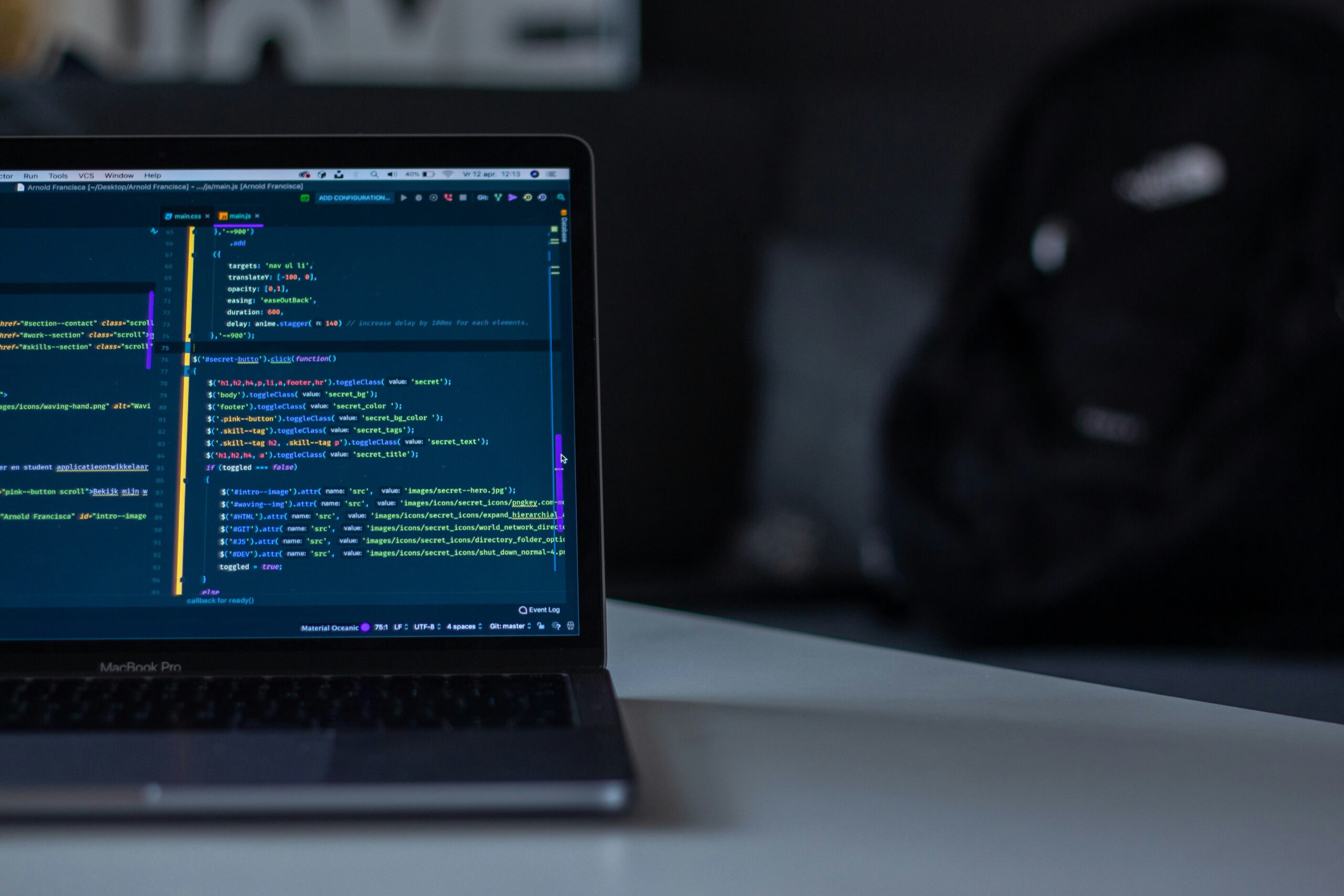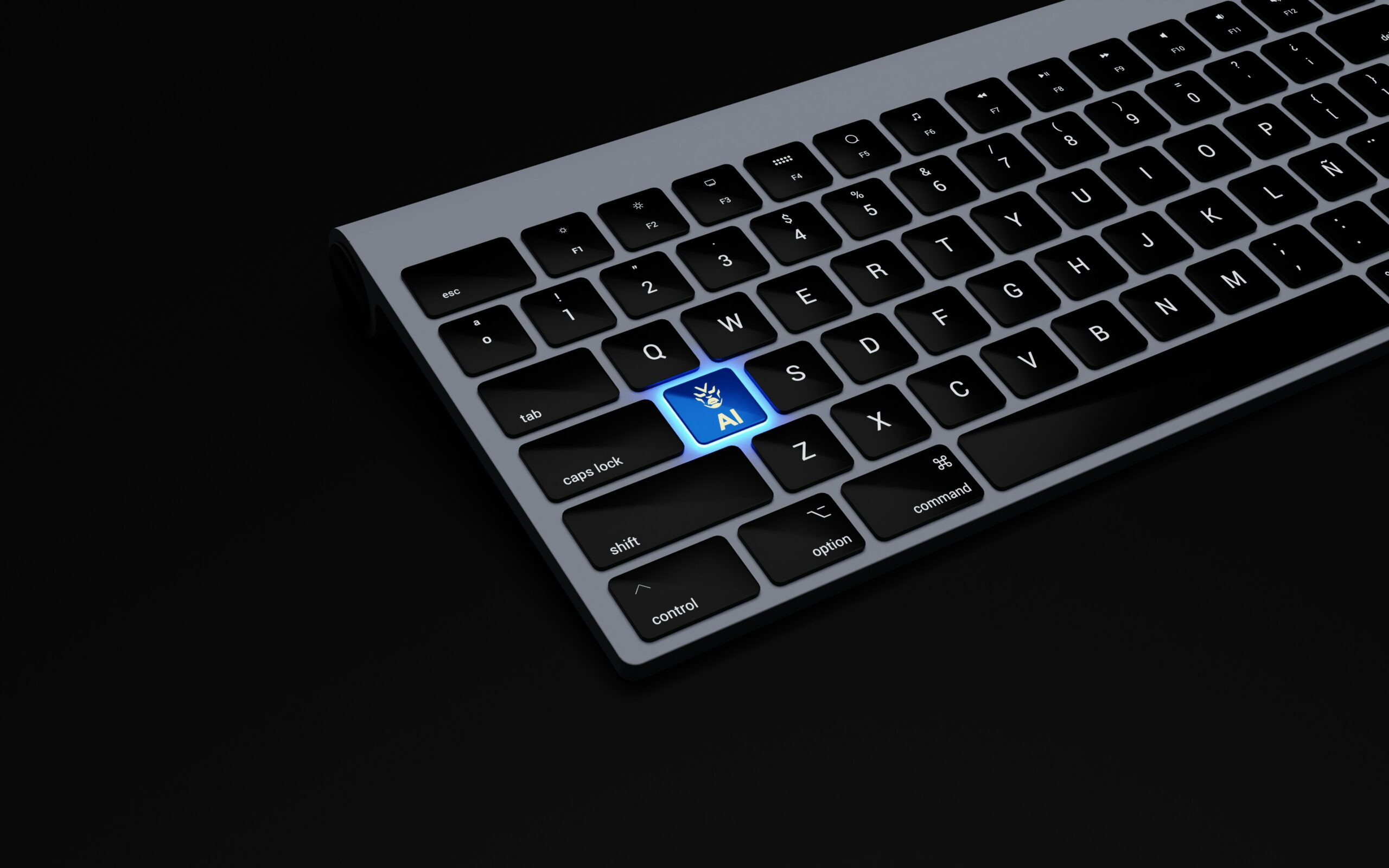Month: August 2024

You’ve won some Minecraft tournaments, amassed a loyal following, have a strong and informative website, and created a buzzing community. So, what’s the next step? You may be interested in transforming your gaming success into a revenue stream.
However, turning Minecraft PvP servers into a profitable business isn’t as simple as welcoming players. It’s a masterclass in blending solid infrastructure, innovative marketing, and dynamic community interaction.
Let’s explore the journey of monetizing your Minecraft PvP server, diving into real-world examples to uncover the financial strategies that drive success.
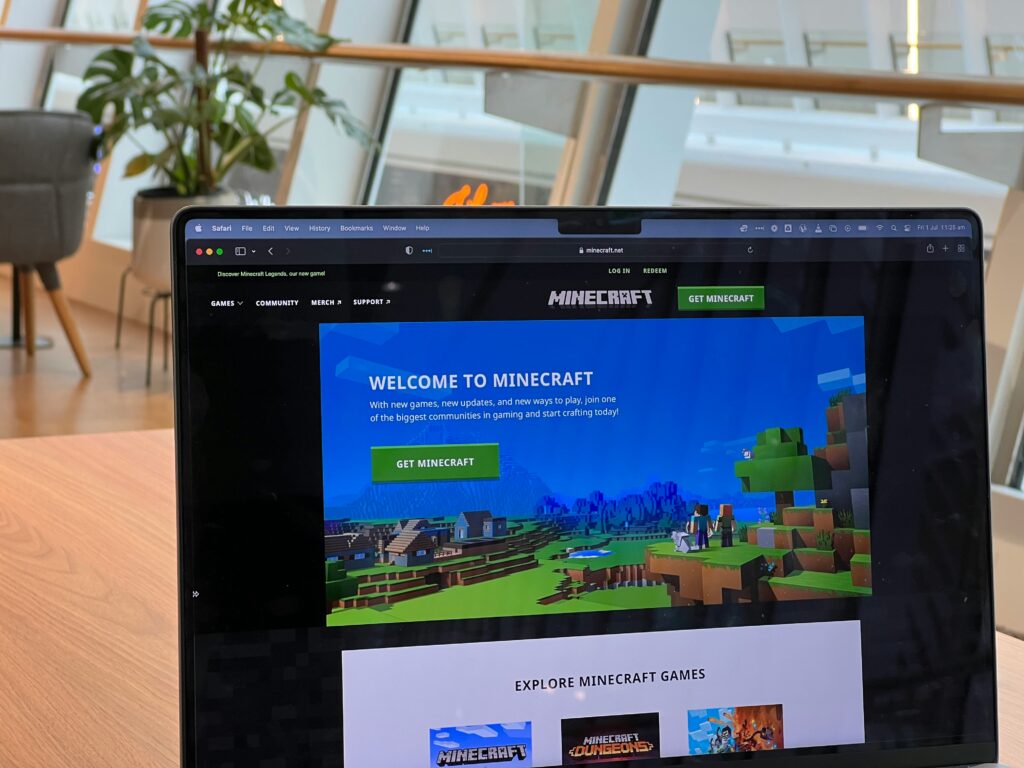
What are the key considerations for a Minecraft PvP Server?
Running a successful Minecraft PvP server isn’t just about managing costs and revenues. It’s also about ensuring a high-quality, lag-free experience for your players. Here are some crucial factors you should consider before spinning up a Minecraft PvP Server:
- Anti-cheat systems: Implementing robust anti-cheat systems is essential to maintain fair play and a positive player experience.
- Regular updates: Keeping game modes and maps fresh through regular updates helps retain player interest and engagement.
- Strong moderation: Active moderation is necessary to handle conflicts and maintain a friendly community atmosphere.
- Balanced gameplay and monetization: Avoiding a “pay-to-win” model ensures that all players have a fair chance, which is crucial for long-term success.
- Community events and tournaments: Hosting regular events and tournaments fosters a vibrant community and encourages player retention.
- Constant marketing efforts: Ongoing marketing efforts are necessary to keep attracting new players and mitigate high player churn.
Realistic assessment
While the potential returns are significant, creating a large-scale Minecraft PvP server involves:
- Technical expertise: Effective server management, network infrastructure, and game mechanics knowledge are essential. Consulting with experienced professionals can be beneficial.
- Initial investment: Costs can vary based on actual market rates and unforeseen expenses. A flexible budget and contingency plans are advisable.
- Market demand: Understanding the demand for your server type through market research can prevent costly mistakes.
- Player acquisition and retention: Effective marketing and community engagement strategies are key to attracting and retaining players.
- Scalability: Your infrastructure should be scalable to handle varying player numbers without performance issues.
- Community engagement: Building a strong community through forums, social media, and regular interactions is crucial for player retention.
What are the costs associated with Minecraft PvP servers?
Spinning up a Minecraft PvP server for 500-1000 players is like building a digital empire. A lot hinges on your choices and how you choose to monetize it.
While there is good money to be made in cracked servers—a server that allows players to join without needing a Minecraft account—we’ll be focusing on PvP servers. These servers are specifically designed for player-versus-player combat and require a paid Minecraft account.
Let’s break down the initial setup costs:
Infrastructure costs
- High-performance dedicated servers: You’ll need top-tier dedicated servers to accommodate a high player count and support intensive game modes. For instance, our Ultimate Bare Metal Server with 2 x Gold 6140 Processors costs approximately $400 per month.
- DDoS protection: Enhanced DDoS protection costs around $100 per month to safeguard against potential attacks and disruptions.
- Load balancers: Distributing traffic across multiple servers to maintain smooth performance costs about $150 per month.
Total monthly infrastructure cost: $650
One-time setup costs
- Custom plugin development: To offer unique features like complex PvP modes and anti-cheat systems, the one-time development cost is around $1,200.
Total one-time costs: $1,200
Monthly operational costs
- Part-time moderators: With 10 part-time moderators, the monthly cost is around $6,000.
- Tournament prizes: Hosting monthly PvP tournaments with attractive prizes will amount to around $500 per month.
Total monthly operational cost: $6,500
Calculating the total costs
Combining the initial setup and ongoing costs:
- Total first-month cost: $8,350 (This includes initial setup costs and the first month of operational costs: $1,200 + $650 + $6,500)
- Total ongoing monthly cost: $7,150 (This includes monthly infrastructure and operational costs: $650 + $6,500)
Revenue model and financial projections
To turn a profit, your Minecraft PvP server needs a solid revenue model. Here’s a breakdown:
- Basic Access: Free. This attracts players to your server, creating a player base from which to upsell premium features.
- VIP Rank: $15 per month, offering extra kits, /fly in the hub, and priority queue.
- MVP Rank: $30 per month, providing VIP benefits plus exclusive kits, /feed, and /heal.
- Cosmetic Items Shop: Average purchase of $5 per player.
Estimating monthly revenue
With a player base of 1,000:
- VIP Members: 500 members × $15 = $7,500
- MVP Members: 300 members × $30 = $9,000
- Cosmetic purchases: 1,000 players × $5 = $5,000
Total estimated monthly revenue: $21,500
Calculating monthly profit
Monthly Profit: $21,500 (Revenue) – $7,150 (Costs) = $14,350
Return on Investment (ROI) calculation
To assess the financial viability, we calculate the ROI:
- Initial Investment: $8,350
- Monthly Profit: $14,350

In this scenario, the server achieves an impressive 1,960.7% ROI in the first year, breaking even in about 1.5 months.
What are the most successful Minecraft PvP servers?
As you can see, building a successful Minecraft PvP empire is no small feat. It can be done, but the initial investment and time resources to be profitable are extraordinary.
That said, many have made hundreds of thousands and even millions per year from Minecraft servers. Here are two of those successful platforms:
Hypixel
Since 2013, Hypixel has been a leading Minecraft server renowned for its diverse minigames, vibrant community, and record-breaking player engagement.
Mineplex
Though discontinued in 2023 (with rumors of an upcoming revival), Mineplex achieved sustained player interest through continuous updates and community events—even winning the “Most Popular Minecraft Server Network” Guinness Record in 2015.
Looking to migrate without overlap costs?
Migration shouldn’t drain your budget. With HorizonIQ’s 2 Months Free, you can move workloads, skip the overlap bills, and gain extra time to switch providers without double paying.
Get 2 Months FreeHow HorizonIQ can help you spin up Minecraft PvP servers
Creating a successful Minecraft PvP server is ambitious but achievable with careful planning, substantial investment, and ongoing effort. By learning from successful servers and focusing on quality infrastructure, security, custom content, strong moderation, and effective marketing, you can build a thriving Minecraft PvP server.
At HorizonIQ, we’ve helped many gaming companies develop the infrastructure they need to find success. With our bare metal infrastructure, DDoS mitigation, firewalls, and advanced load balancing solutions, we can enhance your game server performance, scalability, reliability, security, and user experience.
Here’s how:
- Efficient load distribution: Ensure smooth gameplay by distributing traffic evenly across servers.
- Dynamic scaling: Handle sudden traffic spikes, allowing for seamless scaling.
- Redundancy: Implement failover mechanisms to minimize downtime.
- DDoS mitigation: Detect and mitigate DDoS attacks to maintain service availability.
- Lag-free: Reduce latency by placing load balancers closer to your player base.
- Managed services: Reduce your overall infrastructure and maintenance cost by optimizing your resource use.
Ready to reduce latency and ensure seamless gameplay experiences? Check out our bare metal servers or advanced load balancing solutions to get started.
Explore HorizonIQ's
Managed Private Cloud
LEARN MORE
Stay Connected

At HorizonIQ, we’ve integrated advanced AI technologies into our infrastructure to achieve exceptional performance, scalability, and efficiency. Combining NVIDIA GPUs with Intel processors provides the ideal solution for data center AI workloads.
While there are many options, let’s discuss why the NVIDIA L40S is the best GPU for AI. We’ll also examine why the combination of Intel Xeon Gold 6336Y and the L40S is optimal for AI training and inference, what makes it a cost-efficient option, and how a security solutions provider is enhancing public safety with GPU and CPU-powered AI.

Why is the NVIDIA L40S GPU a Game-Changer for AI?
The NVIDIA L40S GPU is exceptional for AI applications due to its combination of advanced features and cost-effectiveness. It supports the Transformer Engine, providing high performance for AI inference tasks.
The L40S offers competitive performance at a significantly lower price than the H100, making it an attractive option for large-scale deployments. Here are some of its standout features:
- AI Training and Inferencing: The L40S is significantly improved over the L40, supporting AI clusters and leveraging the NVIDIA Transformer Engine for FP8 precision. This drastically reduces the size of data and memory bandwidth requirements.
- Visualization: Heavy on video encoding/decoding, making it ideal for vGPU workloads and real-time graphics applications.
- Versatility: Suitable for both AI and general-purpose computing tasks, including those requiring high-quality rendering and graphics.
Key Features of the L40S
- NVIDIA Transformer Engine and FP8: Reduces data size and memory bandwidth requirements, optimizing performance for AI workloads.
- Video Encoding/Decoding: Enhanced capabilities for visualization tasks, supporting a wide range of graphics applications.
- Cost-Effectiveness: Offers a balanced performance at a more accessible price point than other high-end GPUs.
| Feature | Details |
| GPU Memory | Optimized with FP8 precision |
| Video Encoding/Decoding | Advanced capabilities for real-time applications |
| Versatility | Ideal for AI, graphics, and general-purpose computing |
| NVIDIA Transformer Engine | Supports FP8 for efficient AI performance |
Why Consider a CPU and GPU Setup for AI Applications?
AI has traditionally been dominated by GPUs for their ability to handle massive parallel computations. However, this approach comes with high costs and some limitations. CPUs, like Intel’s Xeon processors, offer an alternative that can complement GPUs to create a more efficient and versatile computing environment.
In particular, the Intel Xeon Gold 6336Y processor is renowned for its high performance, advanced features, and scalability. It boasts:
- 24 cores and 48 threads for multitasking.
- AVX-512 for handling complex data sets.
- Intel DL Boost for enhanced deep learning performance.
- A generous 36 MB cache, and supports up to 6 TB of DDR4-3200 memory for quick data access.
While the L40S GPU excels at handling complex inference, the Intel Xeon processors are great for CPU-bound aspects of AI workloads, such as data preprocessing and managing the training process. Here’s why Intel’s Xeon processors stand out:
| Reason | Description |
| Built-in AI Capabilities | Intel’s Xeon processors come with built-in AI acceleration, enabling them to handle tasks traditionally GPU-centric. |
| Cost-Effectiveness | Running deep learning tasks on CPUs can be more cost-effective compared to GPUs, especially for training models. |
| Handling Massive Data Volumes | CPUs excel in explorative tasks such as data processing, analysis, and visualization, which can be expensive on GPUs. |
| Avoiding Ecosystem Lock-in | Intel workstations do not rely on NVIDIA’s CUDA ecosystem, offering a more flexible and open approach. |
Customization and Scalability
Our chassis supports up to 2 NVMe drives for high-speed storage and offers dual 10 Gbps Ethernet ports for rapid network connectivity. The Supermicro system features configurable memory ranging from 128 GB to 6 TB and accommodates up to two NVIDIA L40S GPUs for powerful computing and AI tasks.
It includes:
- 4 PCIe 4.0 x8 FHHL slots (which can be combined into 2 PCIe 4.0 x16 slots).
- 2 PCIe 4.0 x16 FHHL slots, and 2 PCIe 3.0 x2 NVMe M.2 slots.
- Utilized with the Intel C621A Chipset, it has a 2U Rackmount form factor and uses the Super X12DDW-A6 motherboard—designed for dual Socket P4 (LGA-4189) Intel Xeon Scalable processors.
Pro tip: Additional drives can be added on a case-by-case basis. These deployments can be launched at any of our London, Amsterdam, Chicago, New Jersey, Seattle, Singapore, Dallas, Phoenix, and Silicon Valley data centers.
Why is the Combination of NVIDIA L40S and Intel Xeon Gold 6336Y Processors the Right Choice for AI?
Performance Synergy
The high core count and memory bandwidth of Intel Xeon Gold 6336Y processors complement the parallel processing capabilities of NVIDIA L40S GPUs, providing optimal performance for training and inference tasks.
Scalability and Flexibility
Both NVIDIA L40S GPUs and Intel Xeon Gold 6336Y processors are designed for scalability, allowing organizations to customize their infrastructure according to their needs. This flexibility is crucial for handling the growing demands of AI workloads.
Cost Efficiency
We provide our customers with a cost-efficient solution by integrating these components into our bare metal infrastructure. The performance gains from using L40S GPUs and Xeon processors reduce the need for additional hardware, lowering overall costs.
The combination of deploying a single Intel Xeon Gold 6336Y processor and NVIDIA L40S would cost approximately $1384 per month—depending on the specific configurations and locations chosen.
In comparison, the same local setup would cost you around $16k to $27k—plus the price of installation, storage, hardware, cooling, and other expenses.
Case Study: HorizonIQ Helps IREX Enhance Public Safety with GPU-Powered AI
HorizonIQ has recently upgraded IREX’s private cloud by integrating advanced GPU nodes, creating a secure and controlled environment for real-time weapon detection. This approach boosts data security and privacy and supports larger neural networks to significantly improve the accuracy and range of IREX’s weapon detection technology.
Key Benefits:
- Enhanced Security: Increased data security and privacy.
- Improved Performance: Larger neural networks for better detection accuracy and faster response times.
The solution also includes CPU video analytics on Intel and AMD processors to offer a cost-effective alternative to relying solely on GPUs. This hybrid approach reduces operational costs and makes it possible for IREX to serve overseas clients with limited budgets or infrastructure.
Hybrid Approach Advantages:
- Cost-Efficiency: Lower operational costs by using both CPUs and GPUs.
- Global Reach: Support for clients without extensive GPU infrastructure.
IREX can now deliver high-performance AI applications that are flexible, scalable, and optimized for cost-efficiency in enhancing public safety solutions.
Why Choose HorizonIQ?
The combination of NVIDIA L40S GPUs and Intel Xeon Gold 6336Y processors balances performance, scalability, and cost-efficiency for data center AI workloads. At HorizonIQ, we’re committed to leveraging these technologies to drive innovation and deliver superior cost savings for our customers.
Ready to accelerate your AI capabilities? Explore our NVIDIA GPUs or contact us today to find out how NVIDIA L40S GPUs and Intel Xeon Gold 6336Y processors can transform your business.
Explore HorizonIQ's
Managed Private Cloud
LEARN MORE
Stay Connected

Private Cloud Security and Apple Intelligence: A New Era of Privacy-First AI
As artificial intelligence advances rapidly, Apple’s private cloud security is breaking ground with the June 10th introduction of Apple Intelligence. Integrated into iOS 18, iPadOS 18, and macOS Sequoia, Apple Intelligence combines cutting-edge generative models with personal context to create a more intuitive digital interaction across devices.
The cornerstone of this innovation is Private Cloud Compute (PCC), a technology that guarantees user privacy while scaling computational capacity on demand. Apple ensures personal data remains strictly confidential, unlike traditional cloud services where user data risks exposure during processing. According to Apple data “cannot be accessed in transit by anything outside those highly protected PCC nodes
What is Apple Intelligence?
Apple Intelligence represents a leap forward in personal AI technology, integrating advanced generative models with the unique personal context of each user.
By leveraging the power of Apple Silicon, including the A17 Pro and M family of chips, the AI performs complex tasks such as understanding language, creating images, and simplifying everyday activities.
Here are a few of the standout features of Apple Intelligence:
| Writing Tools: Apple Intelligence offers sophisticated writing tools that can rewrite, proofread, and summarize text across various apps, adjusting tone and style to match user preferences. | Enhanced Mail: The mail application is supercharged with Priority Messages that highlight urgent emails, smart summaries that provide concise overviews, and Smart Reply for quick responses. |
| Improved Notifications: With Priority Notifications and Reduce Interruptions Focus, users can better manage their attention and productivity. | Image Playground: This feature allows users to create custom images in Animation, Illustration, or Sketch styles, integrated seamlessly into multiple apps. |
| Genmoji: Personalized emojis can be generated based on descriptions or photos, adding a fun and unique touch to digital communication. | Advanced Photo Features: Natural language search, the Clean Up tool for removing distractions, and AI-powered Memories creation enhance photo management and editing. |
| Upgraded Siri: Siri becomes more natural, contextually aware, and capable of executing complex tasks across apps, with both voice and text input options. | ChatGPT Integration: Accessible through Siri and Writing Tools, ChatGPT integration brings advanced conversational AI capabilities with robust privacy protections. |
Looking to migrate without overlap costs?
Migration shouldn’t drain your budget. With HorizonIQ’s 2 Months Free, you can move workloads, skip the overlap bills, and gain extra time to switch providers without double paying.
Get 2 Months FreeWhat is Private Cloud Compute?
Private Cloud Compute is a secure cloud intelligence system designed for private AI processing. It is the result of collaboration among Apple’s Security Engineering and Architecture (SEAR), User Privacy, Core Operating Systems (Core OS), Services Engineering (ASE), and Machine Learning and AI (AIML) teams.
The platform builds upon Apple’s longstanding commitment to user privacy, leveraging a foundation of on-device processing. This means that personal data is processed directly on the user’s device rather than being transmitted to external servers.
Apple Intelligence integrates seamlessly with PCC to enhance both privacy and computational efficiency in several key ways:
- Local Processing: Your device initially attempts to handle requests locally.
- Power Assistance: If the task requires more computational power than your device can provide, PCC steps in to assist.
- Anonymized Routing: Your queries are directed through an Oblivious HTTP relay, which conceals your IP address for anonymity.
- Selective Data Transfer: Only necessary data relevant to your task is transmitted to the PCC servers.
- Data Erasure: Once your request is fulfilled, all data, including any logs, is immediately deleted—no data retention or exposure of your identity.
This is all made possible by the integration of Apple Silicon, which provides the necessary computational power to handle complex AI tasks locally.
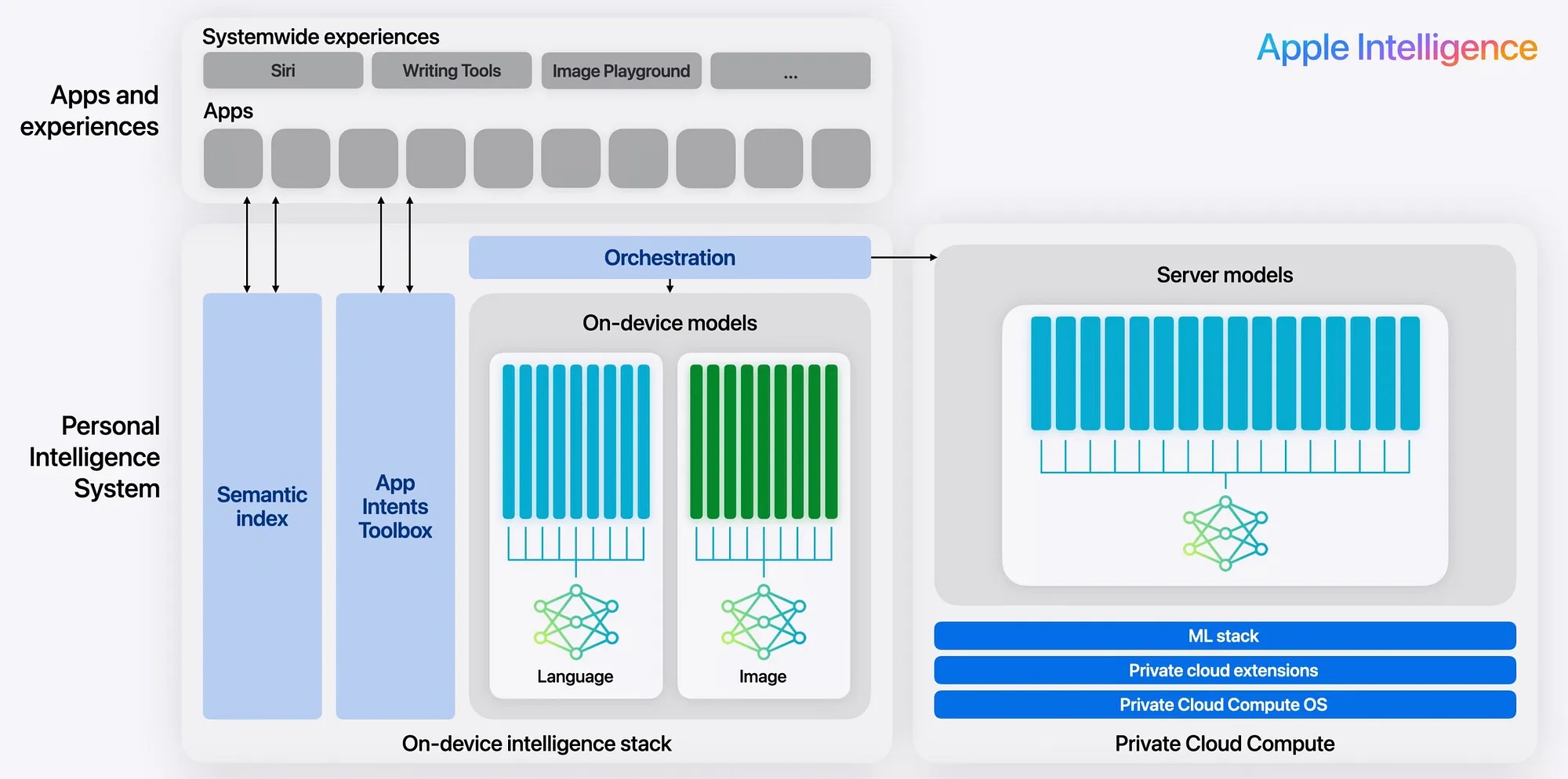
What role does Apple’s PCC play in private cloud security?
The root of trust for Apple’s private cloud security is its custom-built server hardware, which integrates the power and security of Apple Silicon with the Secure Enclave and Secure Boot (as seen in iPhones).
A specialized OS derived from iOS and macOS pairs with PCC to optimize it for Large Language Model (LLM) inference workloads, which feature a minimal attack surface.
Privacy-centric cloud extensions replace traditional data center tools, and a custom Machine Learning stack built with Swift on Server supports foundation models in a secure, controlled environment.
Let’s take a look at the requirements of PCC and the specific features developed to meet them:
Private cloud compute nodes
With end-to-end encrypted services like iMessage, operators can’t access transiting data, ensuring privacy by preventing computations on user data. However, since PCC requires access to user data for large foundation models, complete encryption isn’t feasible. Instead, PCC enforces privacy during processing and prevents data retention post-duty cycle.
Key guarantees of PCC:
- Data is used only for fulfilling requests.
- Data is deleted post-response, with no retention.
- Data is never accessible to Apple, even with administrative access.
Requests are encrypted from the user’s device to validated PCC nodes using public keys. Secure Boot and Code Signing ensure only authorized code runs. The Secure Enclave prevents key duplication and extraction. PCC nodes do not retain data across reboots due to randomized encryption keys, and memory safety techniques further enhance security.
Stateless computation and enforceable guarantees
PCC balances access to user data with robust privacy measures, as end-to-end encryption isn’t feasible due to the need for data processing by foundation models. User data is used exclusively for fulfilling inference requests and is deleted immediately afterward.
Data is encrypted end-to-end from the user’s device to PCC nodes, validated by public keys. PCC employs Secure Boot and Code Signing to make sure only authorized code runs, with Secure Enclave guaranteeing keys’ integrity and data volume encryption. Additional protections include Pointer Authentication Codes and sandboxing to thwart exploitation.
No privileged runtime access
Observability and management tools prioritize privacy, lacking general-purpose logging. Only pre-specified, audited logs can exit nodes, with multiple review layers ensuring data protection. These measures enforce that only designated code accesses user data, maintaining privacy during system administration.
Non-targetability
To thwart smaller, evasive attacks, PCC employs “target diffusion.” Metadata accompanying user requests omit personally identifiable details and includes only necessary contextual data for routing. Requests also use RSA Blind Signatures for single-use credentials, preventing association with specific users. Requests also have to pass through an external OHTTP relay that masks device IP addresses to safeguard against IP-based tracking.
Further safeguarding, user devices encrypt requests for a subset of PCC nodes selected by a blind-load balancer, which lacks user-specific data. This method ensures that compromise of a single node does not compromise all requests. Statistical auditing of node selection adds another layer of defense, deterring sophisticated attacks targeting both nodes and load balancers.
Verifiable transparency
Unlike traditional cloud services that keep their production software inaccessible to researchers, Apple plans to publish every software image used in PCC production for independent inspection. This includes operating systems, applications, and all relevant executables—available within 90 days of deployment or updates.
These images will be accompanied by cryptographically tamper-proof logs, ensuring they match precisely what’s running on PCC nodes. User devices will verify this integrity before transmitting data, using strict code signing to prevent unauthorized software. Apple will also provide a Virtual Research Environment for simulating PCC environments, release select source code subsets, and offer rewards through the Apple Security Bounty for discoveries across the entire PCC stack.
Why we’re excited about Apple’s private cloud security
At HorizonIQ, we empower you to harness the full potential of private cloud computing by using bare metal with a hypervisor of your choice. This flexibility allows you to:
- Customize your infrastructure: Choose the hypervisor that best fits your needs.
- Maintain full control: Manage the hypervisor yourself for complete oversight and adherence to your security and performance standards.
- Leverage robust infrastructure: Utilize our reliable and high-performance bare metal servers for a stable and efficient private cloud foundation.
- Scale as needed: Adjust resources based on workload demands for optimal performance and cost-efficiency.
- Ensure Compliance: Create a cloud setup that meets industry compliance standards.
Explore HorizonIQ's
Managed Private Cloud
LEARN MORE
Stay Connected

What are the benefits of load balancers?
We understand how important it is to ensure optimal performance and reliability of web applications. That’s why we believe a key component in achieving this is load balancing. By distributing incoming traffic across multiple servers, load balancers prevent bottlenecks, enhance user experience, and safeguard against downtime.
In this article, we break down load balancer benefits and how our solutions can elevate your IT infrastructure.
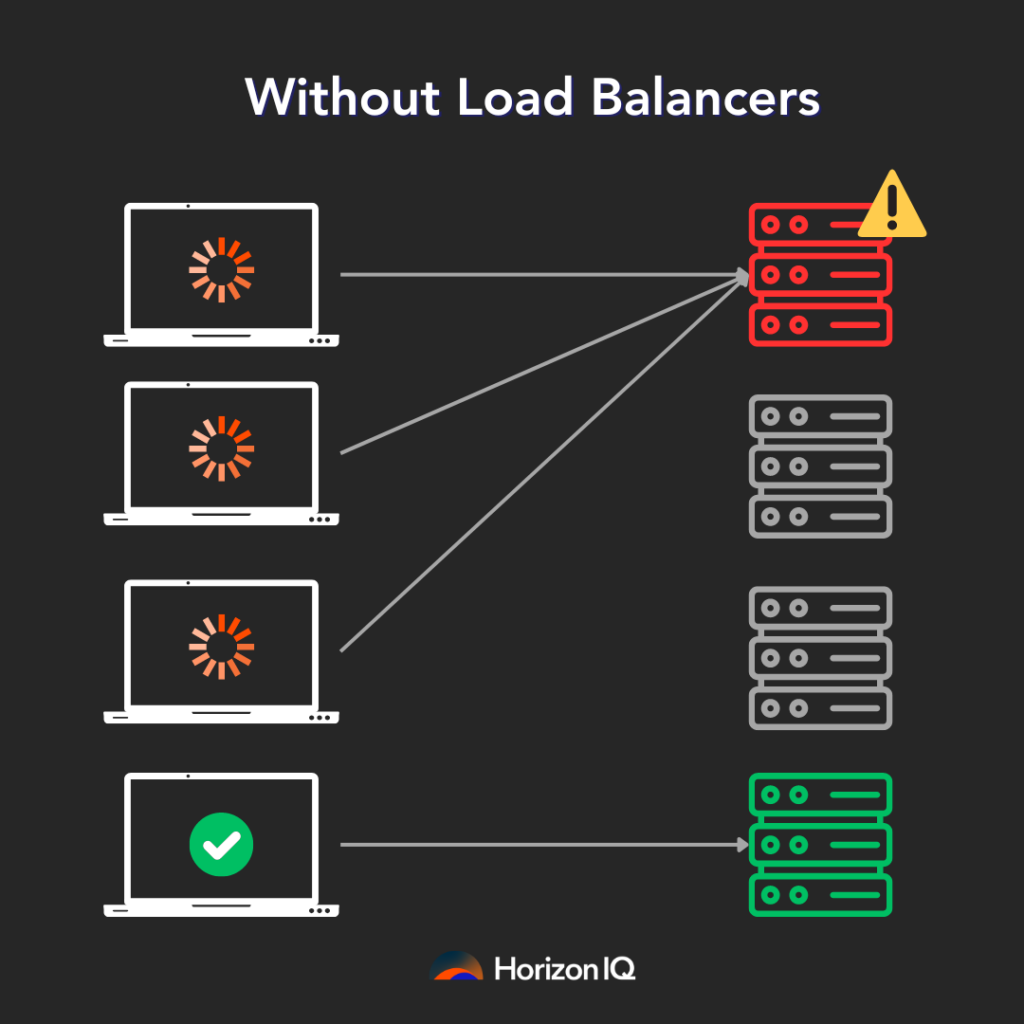
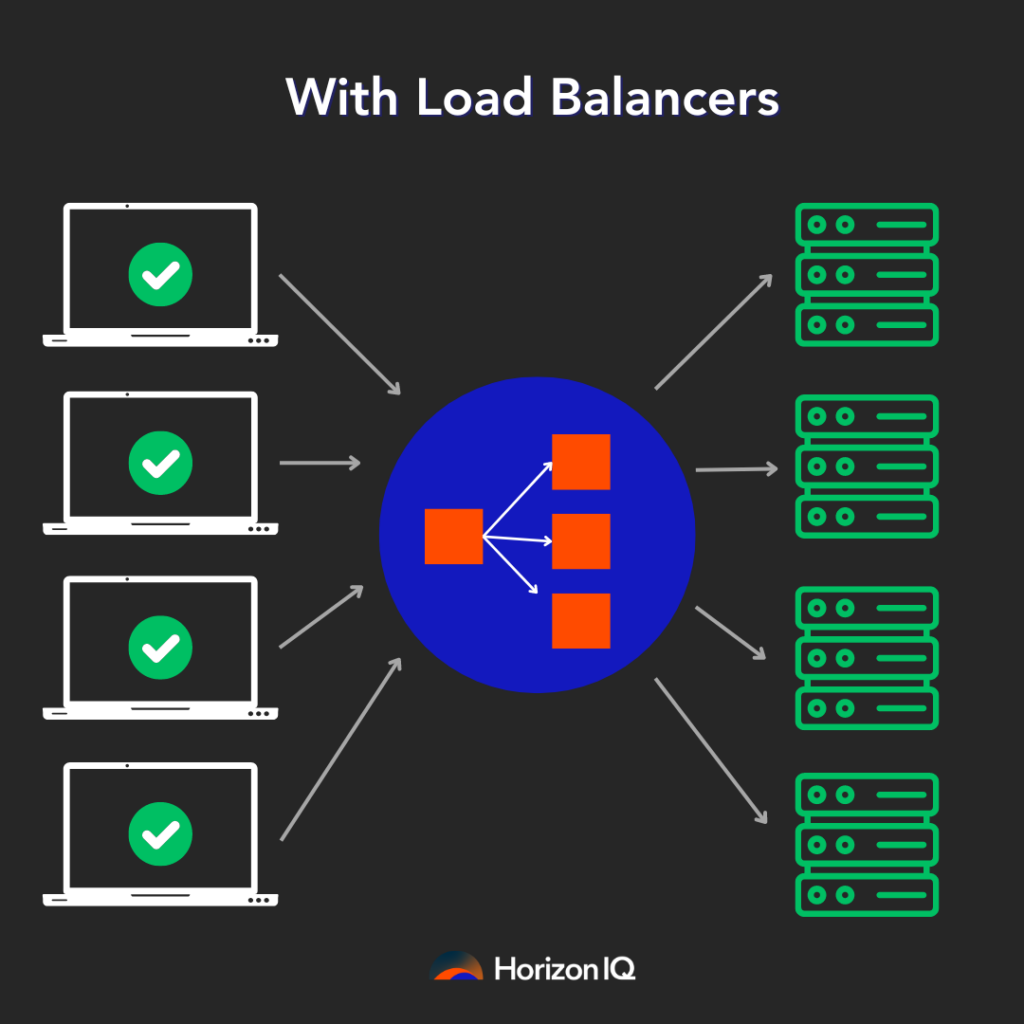
Maximize application performance
By intelligently distributing traffic across multiple servers, load balancers prevent bottlenecks and ensure smooth user experiences. This is particularly important for high-traffic websites and applications where even momentary delays can lead to lost customers and revenue (for example, The Olympics).
Guarantee high availability
By constantly monitoring the health of servers and rerouting traffic away from failing instances, load balancers can prevent downtime and maintain uninterrupted service. This is crucial for critical applications where outages can have severe consequences (for example, the CrowdStrike outage).
Scale with ease
As your business grows, so does your traffic. Load balancers provide the flexibility to scale your infrastructure seamlessly. By adding new servers to the load balancer pool, you can easily accommodate increased traffic without compromising performance (for example, EA’s gaming infrastructure). Our load balancers support chaining up to 32 balancers, allowing for horizontal scaling to handle even the most demanding workloads.
Cost-effective solution
A lot of high-performance load balancing solutions are expensive. By optimizing resource utilization and preventing server overload, our load balancers help you save money while delivering exceptional results.
Seamless integration and effortless management
HorizonIQ’s load balancers are designed to seamlessly integrate with your existing infrastructure, including our Bare Metal and Private Cloud deployments. This simplifies setup and reduces integration complexities. The best part? Our load balancing solution is fully managed, allowing you to focus on your core business operations.
Geographic diversity for optimal performance
To ensure optimal performance and low latency for a global audience, our load balancers support geographic diversity. Because of our varying data center locations, we are able to distribute traffic across multiple sites, thus minimizing the impact of network congestion and ensure a seamless user experience for users worldwide.
Elevate your IT infrastructure
Load balancers are essential components of modern IT infrastructure. By understanding load balancer benefits, you can find the right provider who will help significantly enhance your application performance, reliability, and scalability. HorizonIQ’s load balancing solutions offer a powerful combination of these features to ensure your business continues to run smoothly.

